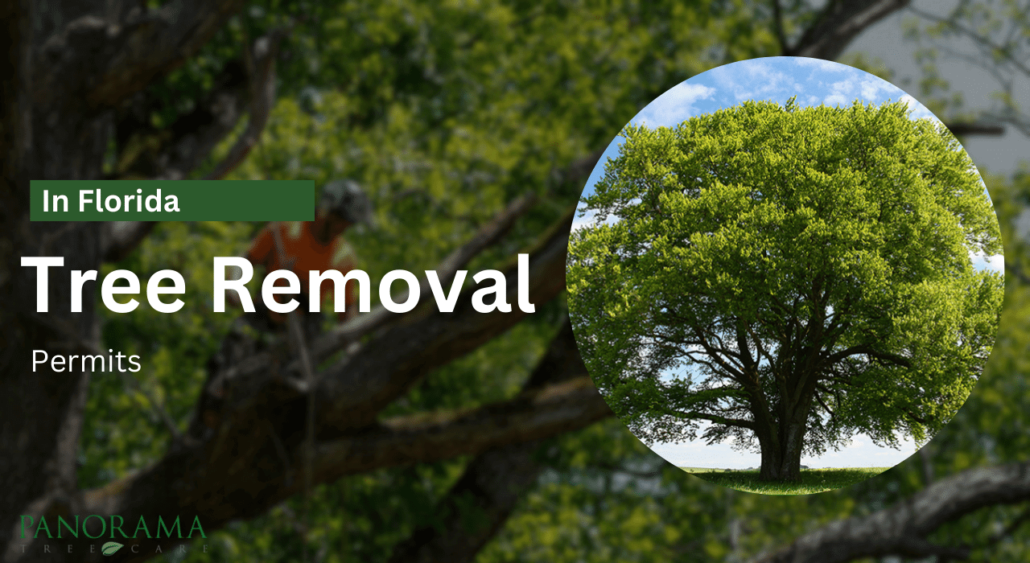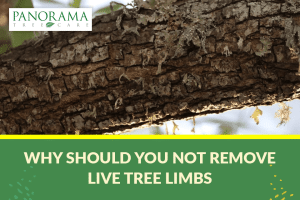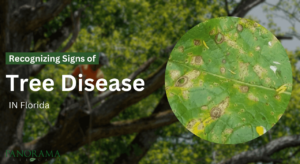Florida is renowned for its stunning natural landscapes, with towering trees that provide shade, beauty, and vital ecological benefits.
However, removing or altering these trees is not as simple as it may seem. Tree permitting regulations in Florida are in place to protect the state’s valuable tree resources and preserve its unique environmental heritage.
The Importance of Tree Preservation Trees play a crucial role in maintaining a healthy ecosystem, providing oxygen, preventing soil erosion, and serving as habitats for countless species of wildlife.
In Florida, where the subtropical climate nurtures a diverse array of tree species, responsible management and conservation efforts are essential to sustaining this natural treasure.
When Do You Need a Tree Removal Permit in Florida?
Generally, a tree removal permit is required in most situations where you plan to remove or significantly alter trees on your property or land.
The specific regulations may vary slightly depending on your local municipality or county, but there are some general guidelines that apply across the state.
Private Property
If you own a residential property in Florida, you will typically need to obtain a tree removal permit from your local municipality or county before cutting down or significantly pruning trees.
This applies even if the tree is located entirely on your private property. The rationale behind this requirement is to protect the overall tree canopy and environmental health of the community.
Commercial Properties
Tree removal permits are also required for commercial properties, such as office buildings, retail establishments, or industrial sites.
The permitting process may be more stringent for these types of properties, as there may be additional considerations related to zoning, landscaping ordinances, and environmental impact assessments.
Public Lands
When it comes to public lands, such as parks, nature reserves, or other government-owned properties, tree removal permits are almost always required.
These lands are typically subject to stricter regulations and oversight to protect the natural resources and ecosystems they contain.
Exemptions and Exceptions:
While tree removal permits are generally required, there are some exceptions and exemptions to the regulations.
One common exemption is for the removal of dead, diseased, or hazardous trees that pose an immediate threat to public safety or property.
In these cases, property owners may be able to remove the tree without a permit, but they may still need to provide documentation or notify the appropriate authorities.
Other exceptions may include pruning or trimming activities that do not constitute a significant alteration or removal of the tree, as well as certain agricultural or forestry operations that follow best management practices.
It’s important to note that the specifics of these exemptions and exceptions can vary depending on your location and the tree species involved.
Some tree species may be designated as protected or heritage trees, which would require additional considerations and approvals for removal or alteration.
To ensure compliance with all applicable regulations and avoid potential fines or legal consequences, it’s always advisable to check with your local municipality, county, or state and hire a tree service company like us regarding their specific tree permitting requirements before undertaking any tree removal or alteration activities.
Types of Tree Removal Permits in Florida
Tree permitting regulations in Florida are governed by local municipalities, counties, and, in some cases, state agencies.
The specific requirements and processes may vary depending on your location and the type of property involved.
- Local Municipality Permits: Most cities and towns in Florida have their own tree ordinances and permitting processes for removing or altering trees within their jurisdiction.
- County Permits: If your property is located in an unincorporated area, you will likely need to obtain a permit from the county’s environmental or zoning department.
- State Permits: In certain cases, such as removing trees on state-owned lands or impacting protected wetlands, a permit from a state agency like the Florida Department of Environmental Protection may be required.
Protected Tree Species in Florida
Florida is home to numerous tree species that are considered protected due to their ecological significance, rarity, or historical value.
Some examples of protected tree species in Florida include live oak, bald cypress, and gumbo limbo. Stricter regulations and requirements often apply when dealing with these protected species, and in some cases, removal may not be permitted at all.
Permit Application Process
To obtain a tree removal permit in Florida, you will typically need to submit an application to the appropriate local, county, or state agency.
The application process may require providing detailed information, such as site plans, arborist reports, and justification for the proposed tree removal or alteration.
Application fees and processing times can vary depending on the jurisdiction and scope of the project.
Penalties for Unauthorized
Tree Removal or altering trees without proper permits can result in significant fines and legal consequences.
In addition to monetary penalties, violators may be required to replace the removed trees or implement mitigation measures, such as planting new trees or contributing to environmental restoration efforts.
Hiring a Professional Tree Service Panorama Tree Care
Navigating the complexities of tree permitting regulations can be challenging, especially for those unfamiliar with the processes.
This is where the expertise of a licensed and insured professional tree service like Panorama Tree Care becomes invaluable.
By working with a reputable tree service, you can ensure compliance with all applicable regulations while benefiting from their knowledge and experience in responsible tree care practices.
we understand the importance of preserving Florida’s natural beauty while addressing the needs of our clients.
Our team of certified arborists and tree care professionals is well-versed in the latest tree permitting regulations and can guide you through the entire process, from permit application to safe and sustainable tree removal or maintenance.
Frequently Asked Questions
Can I remove a tree on my private property without a permit?
In most cases, you will need a permit to remove or significantly alter a tree on your private property, even if it’s on your land. However, exemptions may apply for dead, diseased, or hazardous trees that pose an immediate threat.
How long does it take to obtain a tree removal permit?
Processing times can vary depending on the jurisdiction and the complexity of the project, but generally, it can take several weeks or even months to obtain a permit. It’s essential to plan ahead and factor in the permitting process when scheduling tree work.
Can I appeal a denied tree removal permit?
Yes, most jurisdictions have an appeals process in place for denied tree removal permits. The process may involve presenting additional evidence or justification for the proposed tree work.
What happens if I remove a tree without a permit?
Removing a tree without a required permit can result in significant fines, legal consequences, and potential mitigation requirements, such as tree replacement or contributions to environmental restoration efforts.
Conclusion
Adhering to tree permitting regulations in Florida is crucial for preserving the state’s natural heritage and maintaining a sustainable environment.
By understanding the requirements and working with a professional tree service like us, you can ensure compliance while promoting responsible tree care practices.
If you have any questions or need assistance with tree removal or maintenance services, don’t hesitate to contact us.
Our team of experts is dedicated to providing exceptional service while prioritizing environmental stewardship and preserving Florida’s beautiful landscapes for generations to come.







